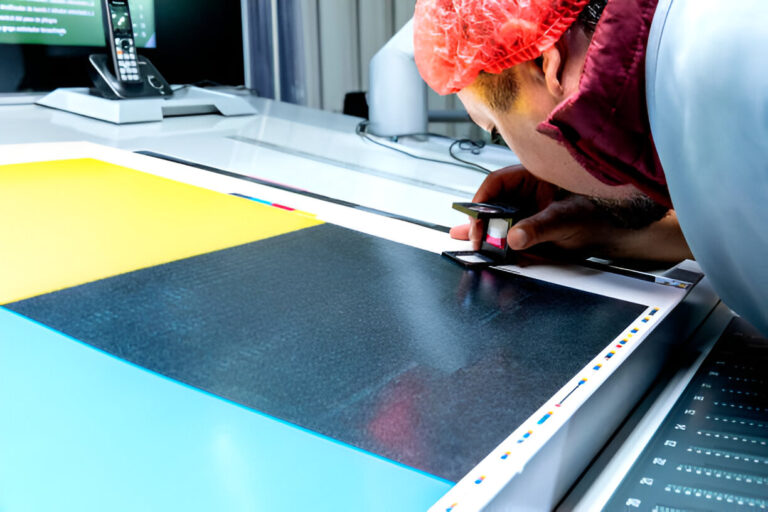Screen printing is one of the most popular methods for customizing apparel, offering bold, durable designs that stand out. However, not all fabrics are created equal when it comes to screen printing. The right material ensures the ink adheres properly, remains vibrant, and withstands multiple washes. If you’re new to screen printing, selecting the best fabric is essential for achieving professional-quality results. In this guide, we’ll explore the best fabrics for screen printing and how online screen printing builds your brand by ensuring high-quality apparel.
Menu list
Why Fabric Choice Matters in Screen Printing
The fabric you choose affects how well the ink adheres, the print’s longevity, and the overall feel of the garment. Some fabrics absorb ink better than others, while certain materials can lead to fading or cracking prints. Understanding fabric properties will help you make the best decision for your custom designs.
Best Fabrics for Screen Printing
1. 100% Cotton – The Gold Standard
Cotton is the most widely used fabric for screen printing due to its absorbent and smooth surface. It allows the ink to set well, resulting in sharp, vibrant designs.
Pros:
- Soft and breathable
- Excellent ink absorption
- Durable and long-lasting prints
- Works well with both water-based and plastisol inks
Cons:
- Shrinks if not pre-shrunk
- Can wrinkle easily
2. Cotton-Polyester Blends – A Balanced Option
Cotton-poly blends offer the best of both worlds: the breathability of cotton and the durability of polyester. These fabrics reduce shrinkage while maintaining a soft feel.
Pros:
- Resistant to shrinkage
- Softer than pure polyester
- More affordable than 100% cotton
Cons:
- Ink adhesion may not be as strong as on pure cotton
- Blended fibers can cause slight ink inconsistencies
3. 100% Polyester – Ideal for Athletic Wear
Polyester is a synthetic fabric that’s commonly used for sports and activewear. It resists moisture and dries quickly, making it ideal for performance apparel.
Pros:
- Moisture-wicking and quick-drying
- Doesn’t shrink or wrinkle
- Long-lasting and highly durable
Cons:
- Ink may not be absorbed well without special treatments
- Requires a higher level of expertise to print on successfully
4. Tri-Blends – The Premium Choice
Tri-blend fabrics combine cotton, polyester, and rayon, resulting in a super-soft material with a vintage look. While they’re stylish and comfortable, they can be trickier to print on due to their synthetic fibers.
Pros:
- Extremely soft and comfortable
- Stylish, with a slightly heathered appearance
- Less shrinkage compared to 100% cotton
Cons:
- Ink may not bond as well as with cotton
- Prints may appear more faded or distressed
Fabric to Avoid in Screen Printing
While there are many great options, some fabrics are not ideal for screen printing. Here are materials to steer clear of:
- Nylon: Its slick surface makes ink adherence difficult without special treatment.
- Silk: Too delicate to handle the pressure of screen printing.
- Fleece: Absorbs too much ink, leading to uneven prints.
How Online Screen Printing Builds Your Brand
Choosing the right fabric isn’t just about achieving a quality print—it’s about ensuring your brand stands out. With online screen printing, businesses can customize apparel with the best materials, providing professional-quality prints that enhance brand recognition. Whether you’re printing for a corporate event, promotional giveaway, or launching a fashion brand, fabric selection plays a key role in long-term customer satisfaction.
Final Thoughts
The best fabrics for screen printing vary depending on the type of apparel you’re creating. For the boldest prints, 100% cotton is the go-to choice, while blends and tri-blends offer a mix of comfort and style. Understanding fabric characteristics ensures your prints remain vibrant and durable over time. By selecting the right fabric and using online screen printing, you can elevate your brand, create standout apparel, and deliver quality products your audience will love.
Ready to start printing? Explore online screen printing services and choose the perfect fabric for your next project!





